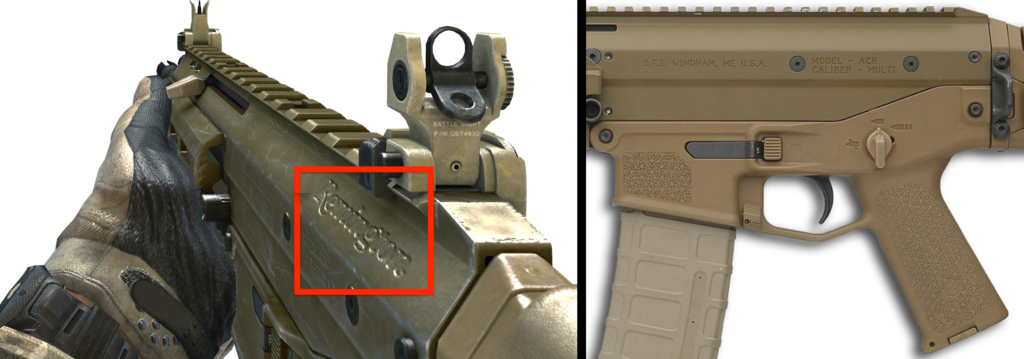More documents provided by Remington as part of a lawsuit that resulted in a $73 million settlement for the families of nine Newtown shooting victims have emerged. A new Wall Street Journal report details how former executives of the Freedom Group, which owned the Remington and Bushmaster brands before declaring bankruptcy in 2020, pursued deals in the late 2000s and early 2010s to place their guns in video games like Call of Duty to reach a younger audience.
According to the Wall Street Journal, an undated Freedom Group memo titled “Gaming Strategy,” said, “With increasing urbanization and access to shooting/hunting areas in decline, a primary means for young potential shooters to come into contact with firearms and ammunition is through virtual gaming scenarios.”
The memo stated that these product placement deals would “‘help create brand preference among the next generation’ and allow the company to ‘win our fair-share of these young consumers.’”
In 2009, Remington signed a deal with Activision Blizzard, the developer behind the popular Call of Duty series of first-person-shooter video games, to place Remington’s Adaptive Combat Rifle (ACR) in 2009’s Call of Duty: Modern Warfare 2. The two companies did not exchange money as part of the confidential agreement, per the Wall Street Journal, but Remington executives were “thrilled.”
Remington executives later discussed the ACR’s popularity in Call of Duty. In a 2010 email exchange, the company’s then-vice president of product management said, “The reason the guys love it is because of its ‘low recoil’ in the game, which allows the player to maintain target acquisition.” Another executive responded, “It’s amazing how a game can sell a real world product attribute.”
Note how the Remington ACR was depicted in the subsequent Call of Duty: Modern Warfare 3 released in 2011. The Remington logo appears prominently on the top-left portion of the video game gun, visible to players, yet the real-life ACR did not feature Remington’s logo in that location.

The documents shed more light on the practice of gun makers using video games to market their products to a younger audience. Gun makers entered into licensing agreements with video game developers in the past, and some still reference their product placements in video games like Call of Duty on social media today. An entire genre of YouTube videos exists to compare video game weapons to their real-life counterparts, helping children and young adults learn more about military-grade firepower well before they can legally purchase firearms.
The Newtown families are expected to release more documents provided by Remington as part of the settlement in the near future. In late September, The New York Times released the first bits of evidence: Remington meeting minutes and a deposition from a former CEO showing that the company decided to double down on AR-15s in the aftermath of the Newtown shooting.